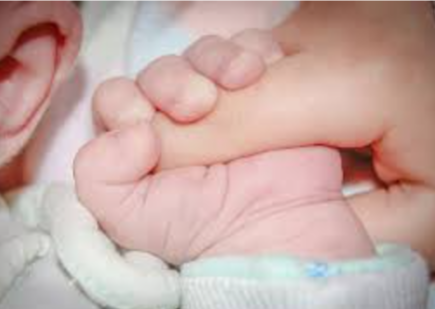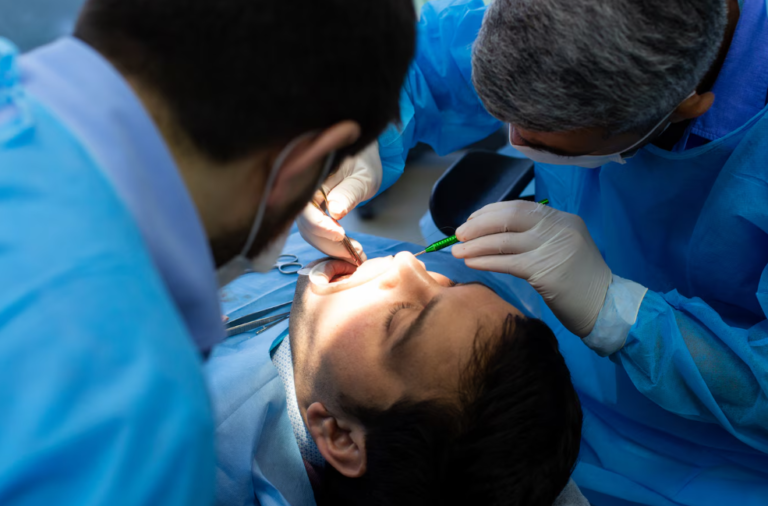What Are the Early Signs of Cerebral Palsy in Infants?
Cerebral palsy is a neurological disorder that affects movement, muscle tone, and posture. It is caused by damage to the developing brain, often before or during birth. While the full effects of the condition may not become clear until a child is older, there are early signs that may point to cerebral palsy in infants. Early recognition is crucial, as timely intervention can significantly improve outcomes for children affected by this condition.
Understanding Cerebral Palsy
Cerebral palsy (CP) is not a single disease, but rather a group of disorders caused by abnormal brain development or injury to the developing brain. This damage often affects areas responsible for motor control, balance, and coordination. The condition is permanent, but not progressive — meaning it does not worsen over time, although the symptoms can change as a child grows.
Recognizing the early signs of cerebral palsy in infancy allows families and healthcare providers to initiate therapies that help a child reach their fullest potential. Let’s explore the common early indicators.
Developmental Delays
One of the first and most noticeable signs of cerebral palsy in infants is a delay in reaching motor milestones. These include:
- Poor head control by 2 to 3 months of age
- Not rolling over by 5 to 6 months
- Difficulty sitting up without support by 8 months
- Delayed crawling or walking
While every child develops at their own pace, significant or prolonged delays may suggest an underlying issue such as cerebral palsy.
Abnormal Muscle Tone
Infants with cerebral palsy often exhibit abnormal muscle tone. This can present in two main ways:
- Hypotonia (low muscle tone): The baby appears floppy or limp, especially when held.
- Hypertonia (high muscle tone): The baby may feel stiff or rigid, making it difficult to move their limbs.
These signs may be consistent or vary depending on the type of cerebral palsy. A pediatrician may notice these patterns during physical examinations.
Unusual Posture or Movement
Another sign of cerebral palsy is abnormal or asymmetrical body posture. Some common indicators include:
- Favoring one side of the body (e.g., always reaching with one hand)
- Scissoring of the legs (crossed legs when picked up)
- Overextended or tight back and neck muscles
- Floppiness in the trunk and stiffness in the limbs
Infants may also show jerky or involuntary movements, which can be early signs of dyskinetic cerebral palsy.
Feeding and Swallowing Difficulties
Many infants with cerebral palsy struggle with feeding due to poor muscle control in the mouth and face. Signs to watch for include:
- Difficulty sucking or latching
- Trouble swallowing without coughing or gagging
- Long feeding times or frequent drooling
- Poor weight gain or growth delays
Feeding issues can contribute to nutritional concerns, so early assessment by a specialist is important.
Poor Reflexes or Persistent Primitive Reflexes
Babies are born with certain reflexes that typically disappear as they grow. In infants with cerebral palsy, these reflexes may be exaggerated or persist beyond the expected age. Some examples include:
- Moro reflex (startle reflex) lasting beyond 6 months
- Tonic neck reflex (fencing position) that doesn’t fade
- Grasp reflex that remains unusually strong or weak
A lack of typical reflexes or failure to develop voluntary movements on time is another red flag for cerebral palsy.
Difficulty with Vision and Hearing
In some cases, cerebral palsy is accompanied by sensory challenges. Infants may:
- Have trouble tracking objects with their eyes
- React slowly or inconsistently to sounds
- Show signs of hearing or vision impairment
While not always directly caused by cerebral palsy, these issues often occur in children with more severe cases.
Read more: Exploring Edge Computing and Its Impact on Technology
When to Talk to a Doctor
Parents and caregivers are usually the first to notice when something feels “off” with their baby’s development. If you observe any of the signs mentioned above, it’s essential to speak with your pediatrician. They may recommend further evaluation, including:
- Developmental screenings
- Neurological exams
- Brain imaging (like MRI)
- Referrals to specialists such as a neurologist or developmental pediatrician
Early diagnosis of cerebral palsy can lead to early interventions — such as physical therapy, occupational therapy, and speech therapy — that are critical to improving a child’s abilities and quality of life.
Final Thoughts
Recognizing the early signs of cerebral palsy in infants can be challenging, especially because many signs overlap with typical developmental variations. However, knowing what to look for — from delayed milestones to muscle tone abnormalities — can lead to earlier diagnosis and more effective support.
While cerebral palsy is a lifelong condition, early intervention makes a world of difference. By understanding the warning signs and seeking timely professional guidance, families can ensure their child receives the care they need to thrive.






